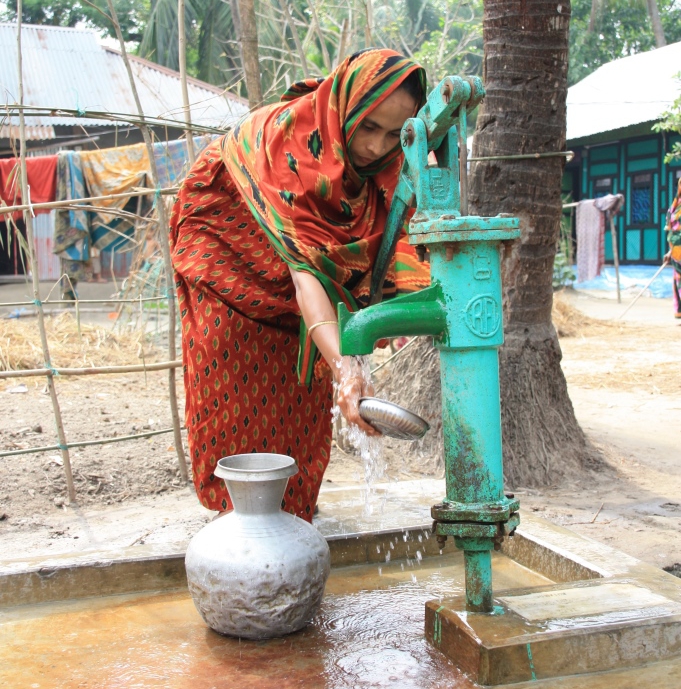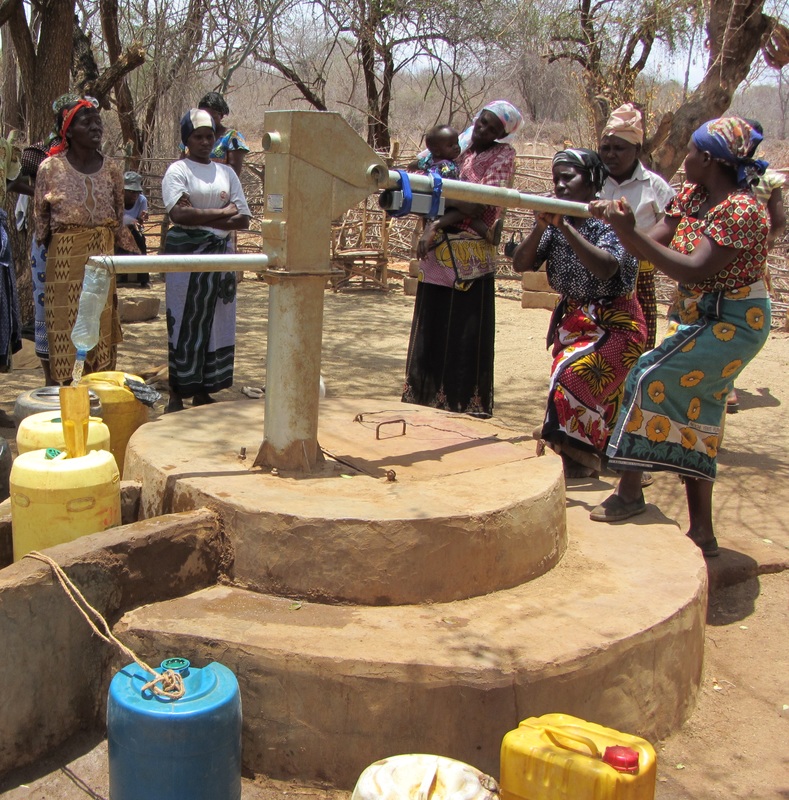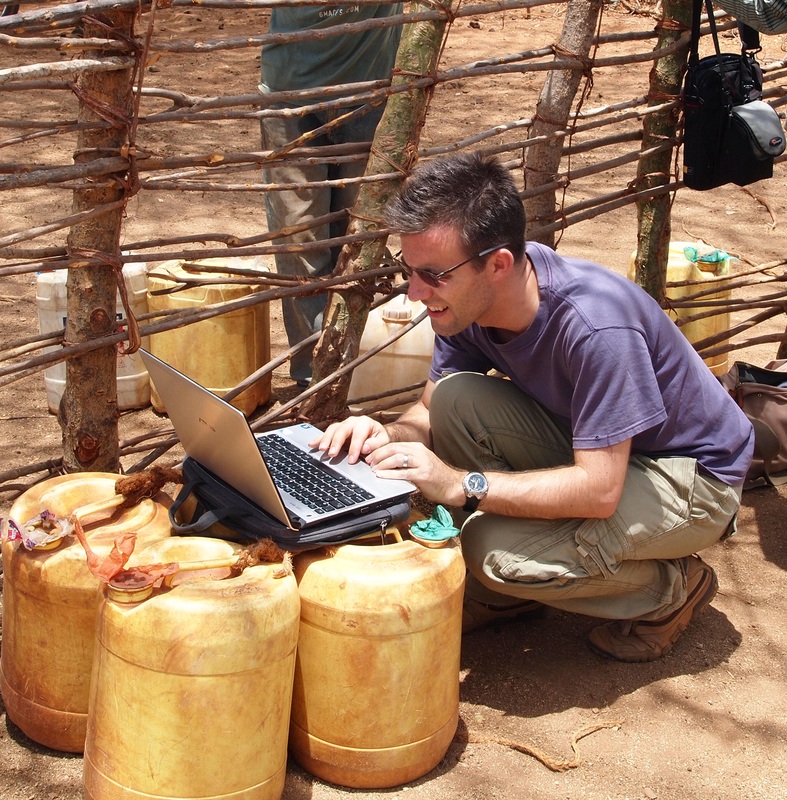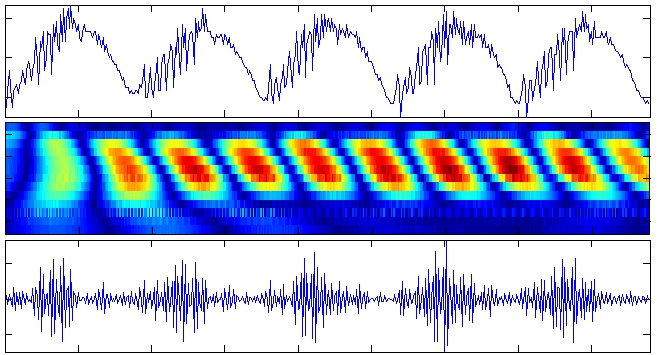What is a Smart Handpump?
Smart Handpumps are applying the latest scientific advances to tackle the enduring problem of delivering reliable drinking water supplies in Africa and Asia. The pump is ‘smart’ because it houses a simple and inexpensive transmitter in the handle so usage and groundwater levels can be monitored remotely. In partnership with our funders, UNICEF, government, enterprise and local communities, we aim to improve drinking water security for millions of poor people.
The text below appears on the information board next to the research handpump installed in the carpark of the University of Oxford's School of Geography and the Environment.
The text below appears on the information board next to the research handpump installed in the carpark of the University of Oxford's School of Geography and the Environment.
|
|
|
Financial support and collaboration
Clearly we’re not doing this alone! In 2010 we won a small grant from the UK Department for International Development (DFID) under the New and Emerging Technologies (NET) programme. This led to wider support under a portfolio of major Research Council grants (NERC/ESRC/DFID UPGro Catalyst and Consortium Grants: Groundwater Risks and Institutional Responses for Poverty Reduction in Rural Africa - NE/L001950/1, Groundwater Risk Management for Growth and Development - NE/M008894/1; ESRC/DFID Joint Fund for Poverty Alleviation Research: Insuring against Rural Water Risk in Africa - ES/K012150/1; New Mobile Citizens and Water Point Sustainability in Rural Africa - ES/J018120/1; Mobile payment systems to reduce rural water risks in Africa - ES/N000137/1). Researchers have also been funded by the EPSRC and the Worshipful Company of Water Conservators.
The REACH programme is advancing this work in global, regional and national partnership with UNICEF offices in Bangladesh, Ethiopia and Kenya. Separately, UNICEF has funded projects on Rural Water Sustainability in East and Southern Africa and the predictive maintenance work illustrated here.
We also partner with national and local governments in our study countries to co-design policies and models which are locally relevant and supported by water users to promote sustainable outcomes.
Selected references
Papers
Reports
Papers
- Colchester, F.E., Greeff, H., Thomson, P., Hope, R. and Clifton, D.A. (2014)Smart Handpumps: A Preliminary Data Analysis. IET Appropriate Healthcare Technologies (AHT), London, 2014, pp. 1-4.
- Koehler, J., Thomson, P. and Hope, R. (2015) Pump-priming payments for sustainable water services in rural Africa. World Development, 74: 397-411.
- Thomson, P., Hope, R.A. and Foster, T. (2012) Is silence golden? Of mobiles, monitoring and rural water supplies. Waterlines, 31(4): 280-292.
- Thomson, P., Hope, R.A. and Foster, T. (2012) GSM-enabled remote monitoring of rural handpumps: A proof of concept study. Journal of Hydroinformatics, 14(4): 829-839.
Reports
- Distributed Monitoring of Shallow Aquifer Level using Community Hanpumps| September 2015 | Briefing Note | Patrick Thomson, Heloise Greef, Farah Colchester, Dr David Cilfton and Dr Rob Hope.
- From Rights to Results in Rural Water Services - Evidence from Kyuso, Kenya | March 2014 | Dr Rob Hope, Patrick Thomson, Johanna Koehler, Dr Tim Foster and Mike Thomas.




